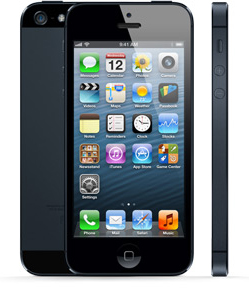This is the sixth article in a series reviewing the Samsung Galaxy S4 Mini.
Is the sat nav redundant? Smartphones and tablets have arguably made laptops, desktops, mobile (or cell) phones and sat navs redundant. My S4 Mini is now my sat nav, so I need a car charger to hold my phone on the go so it can act as my sat nav.
After a lot of research I decided to get the a RoadWarrior – great name.
What Does It Do?
The reason I chose the RoadWarrior is because of its functionality. The car holder both charges a phone and holds it. It also has an extra USB port you can use to charge another device. Its most attractive feature however is its inbuilt FM transmitter inbuilt, meaning you can link your phone to your cars stereo.
Does It Work?
Ever looked at something online and though that it looks too good to be true? Well I was sceptical about the RoadWarrior. However whilst it does have a few faults, it does generally do what it says it does. With some cars depending upon where the cigarette lighter plug is, it can be in an awkward place, meaning that the RoadWarrior can get in the way. This isn’t the fault of the holder and it does have a flexible arm which is movable so you can reposition it.
The FM receiver does work, and it relatively easy to set up (if you remember to flick the on/off switch on the side like I didn’t) just tune it to an unused frequency using the buttons and then tune your car stereo to the same frequency.
The charger does work reasonably well and still works when charging two devices (i.e. a phone and anything else plugged in to the spare USB). The power plug is a little wobbly and does sometimes disconnect which is annoying.
My biggest problem with the RoadWarrior is how it holds my phone. Whilst I appreciate it is designed to hold a variety of phones I don’t feel all to confident in putting my phone in and taking it out. The adjustable clamp does hold it in place, but my phone can still move a little, which I worry is damaging the connector. Furthermore, to get my phone out, the instructions say I have to bend it forwards and then pull it out. I am also concerned that this movement might be damaging my phones power connector – a costly thing to replace!
Rating
The RoadWarrior is a really great device. I feel its greatest feature is its FM transmitter so you can connect your phone to your car, whilst charging it, even if your car doesn’t have bluetooth of USB port. My main problem with the charger is how securely it holds my phone, nothing has gone wrong yet though.
Overall I rate the RoadWarrior USB Car Charger 4 star.![]()
Next Week
Next week I will be finishing the series!


